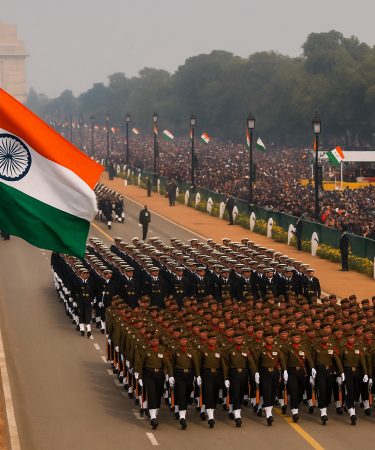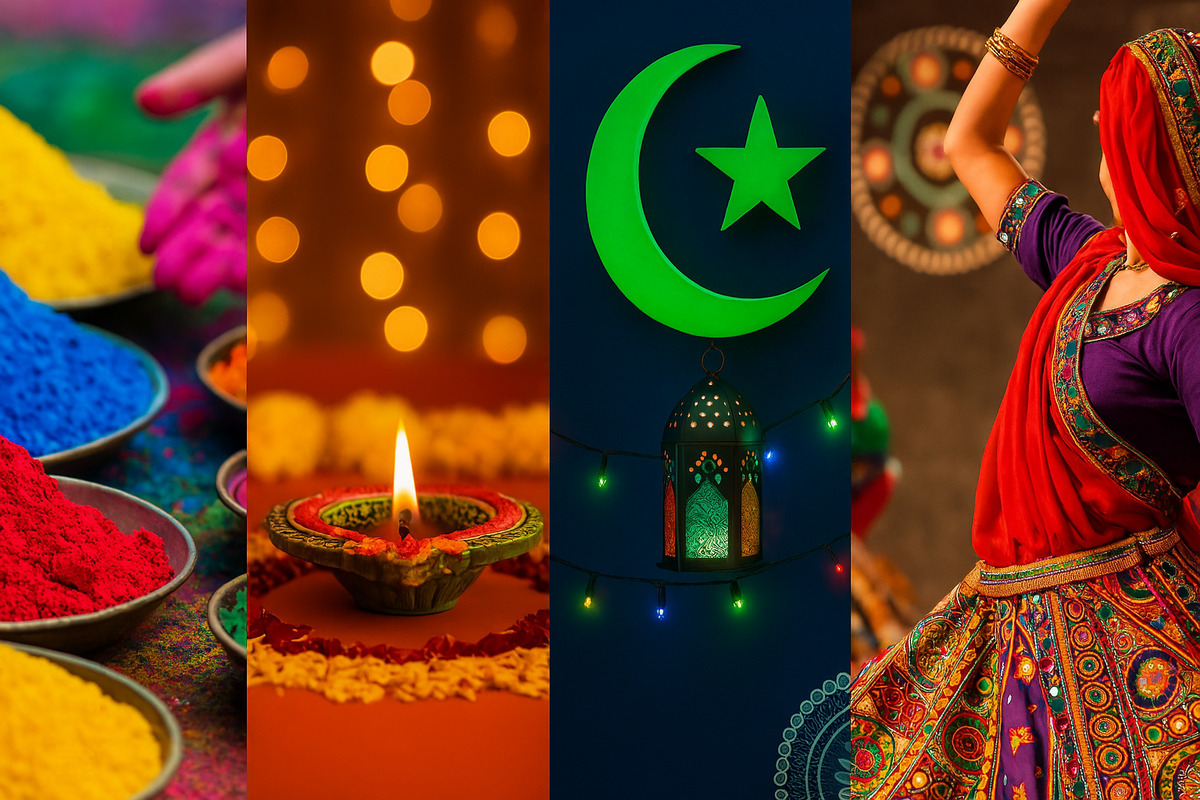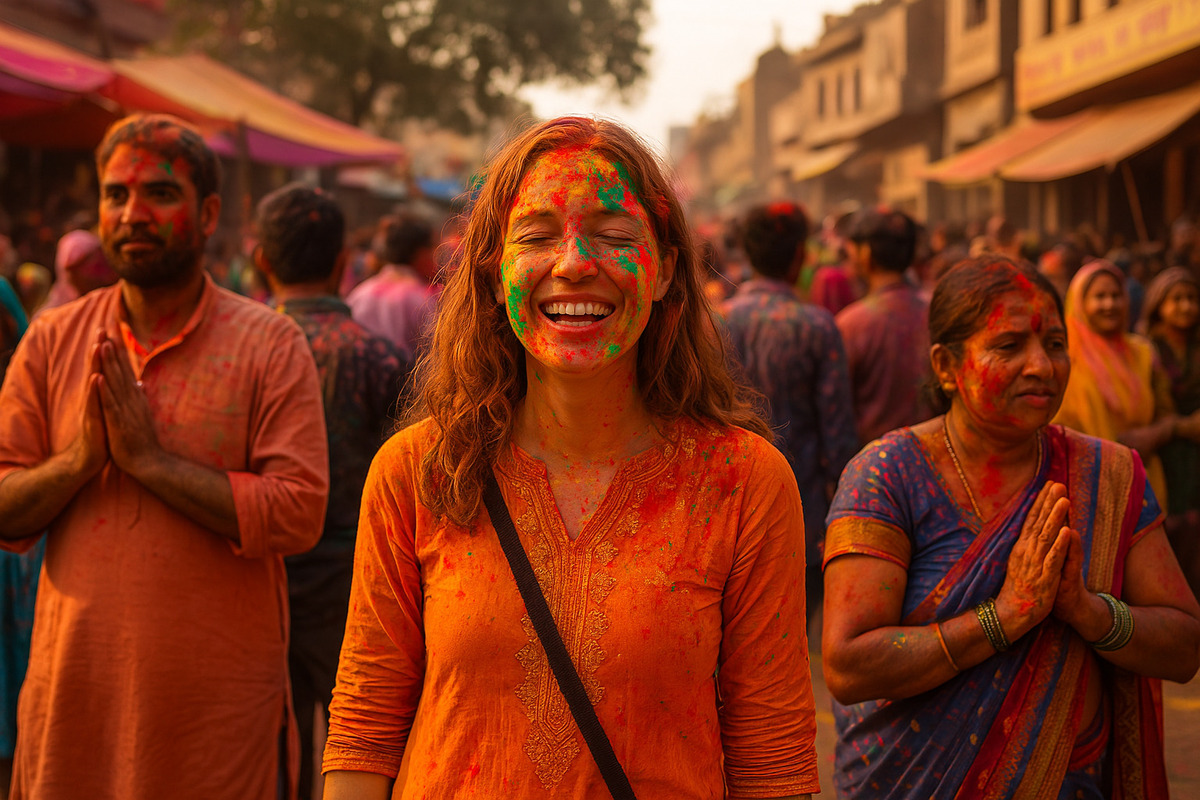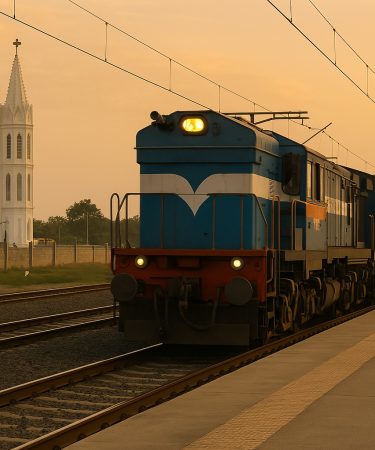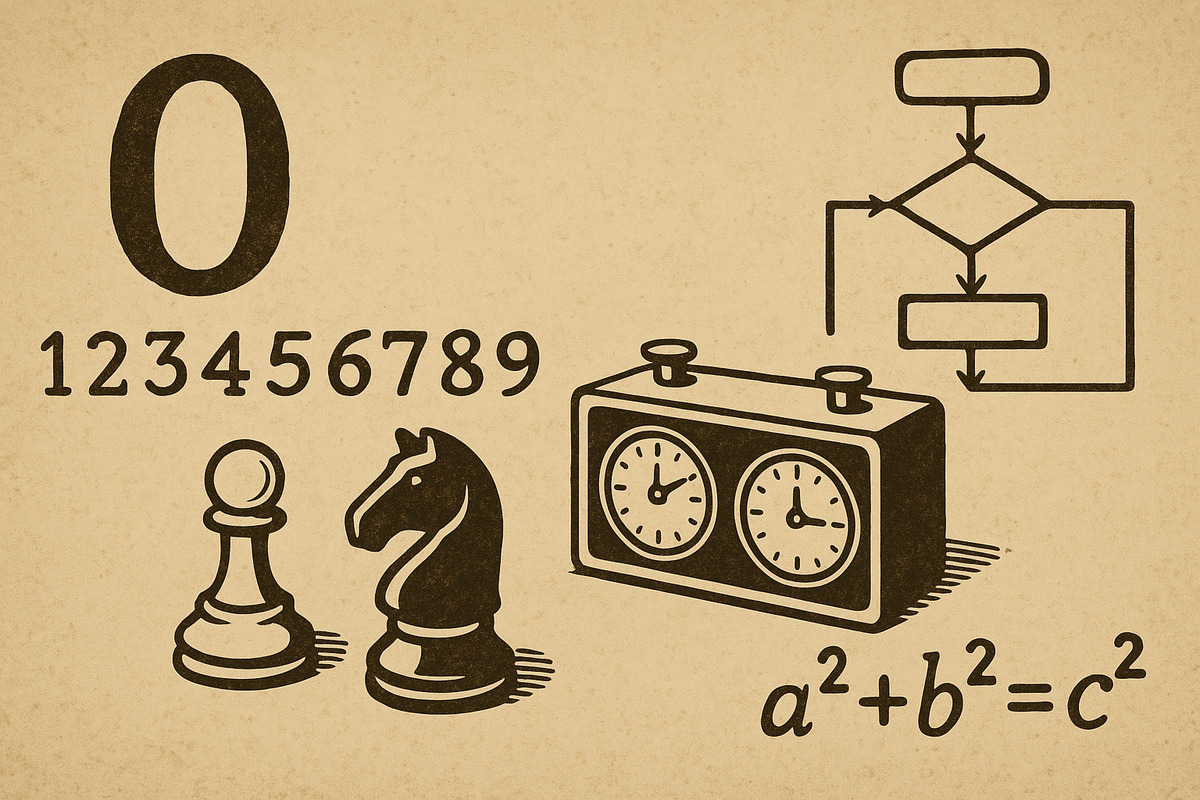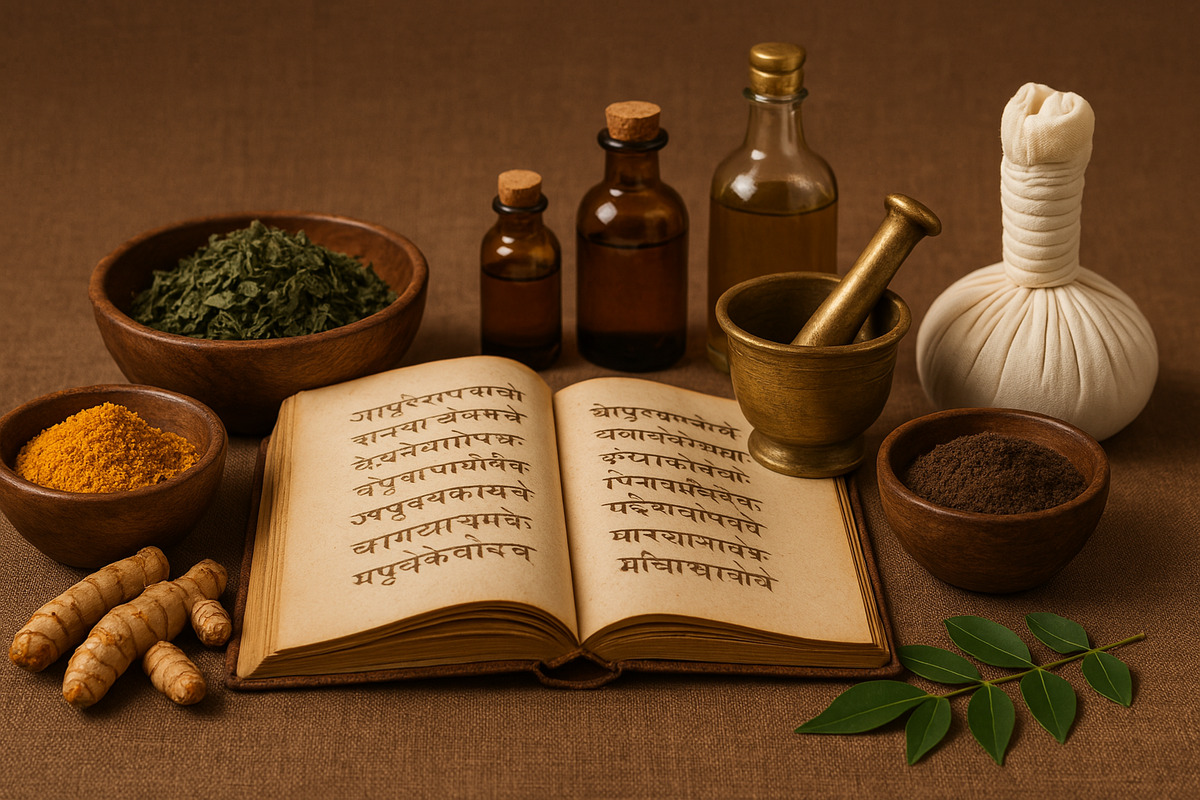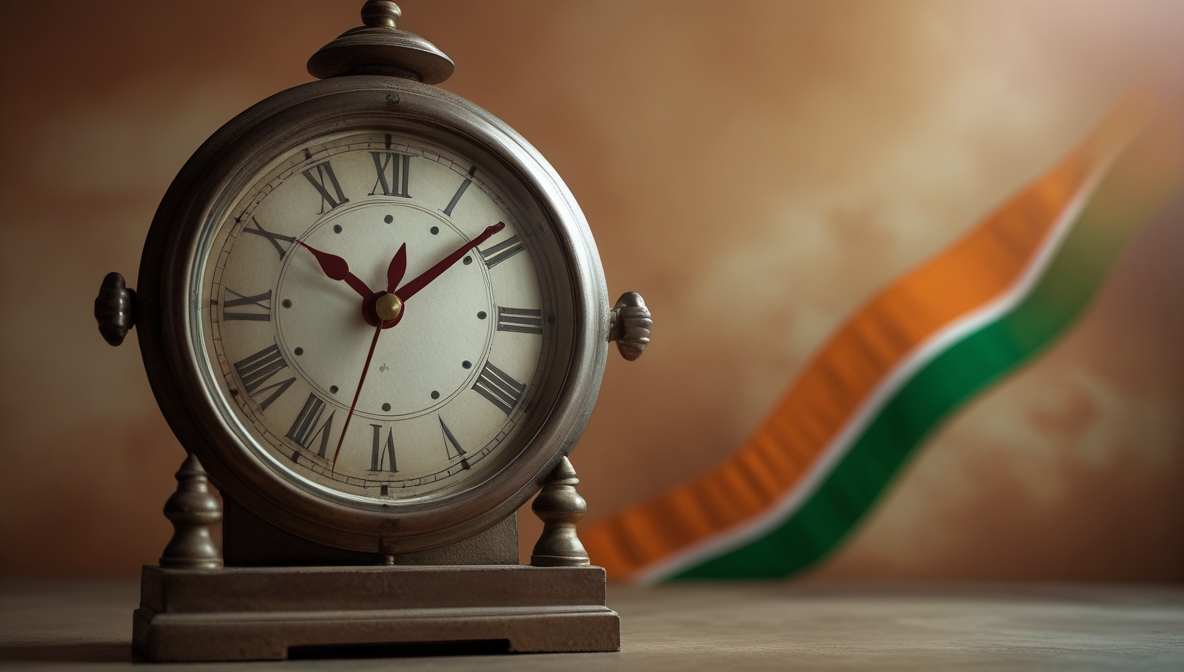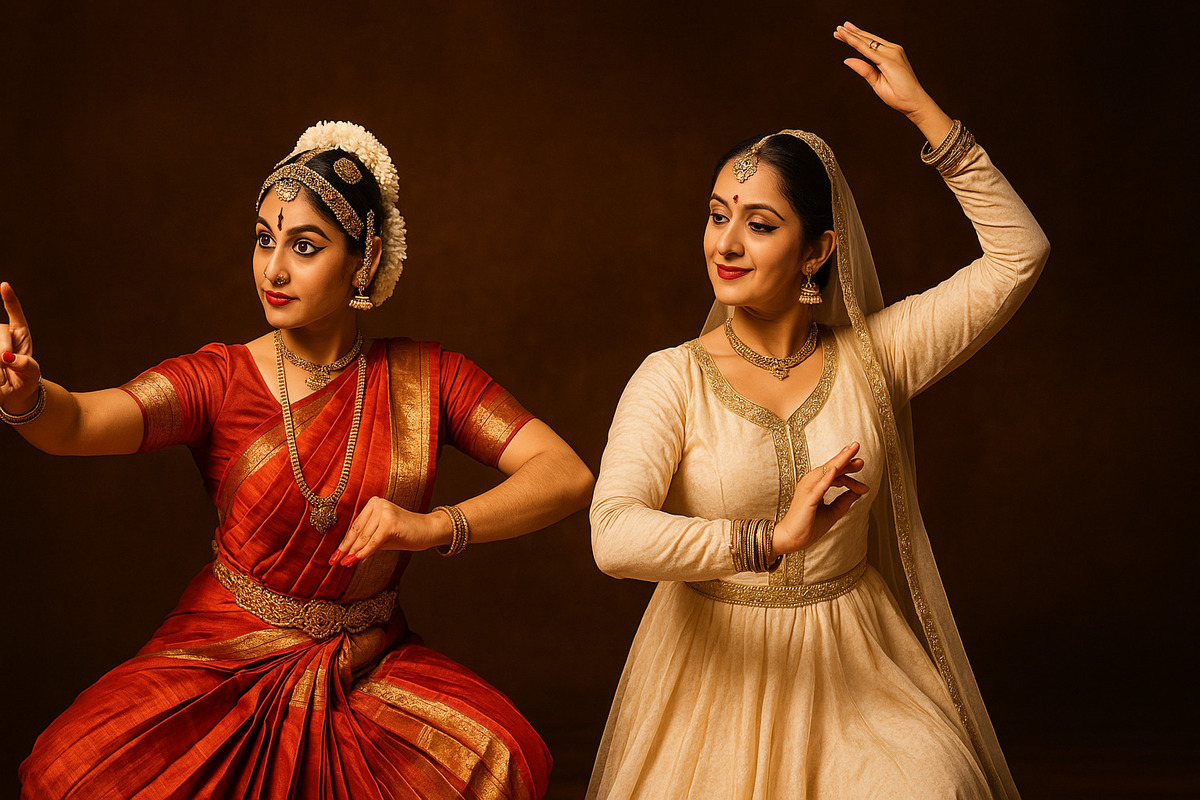Do Desi weddings change when they move abroad? Or do they simply grow louder, brighter, and more layered? As Indian culture travels far beyond its …
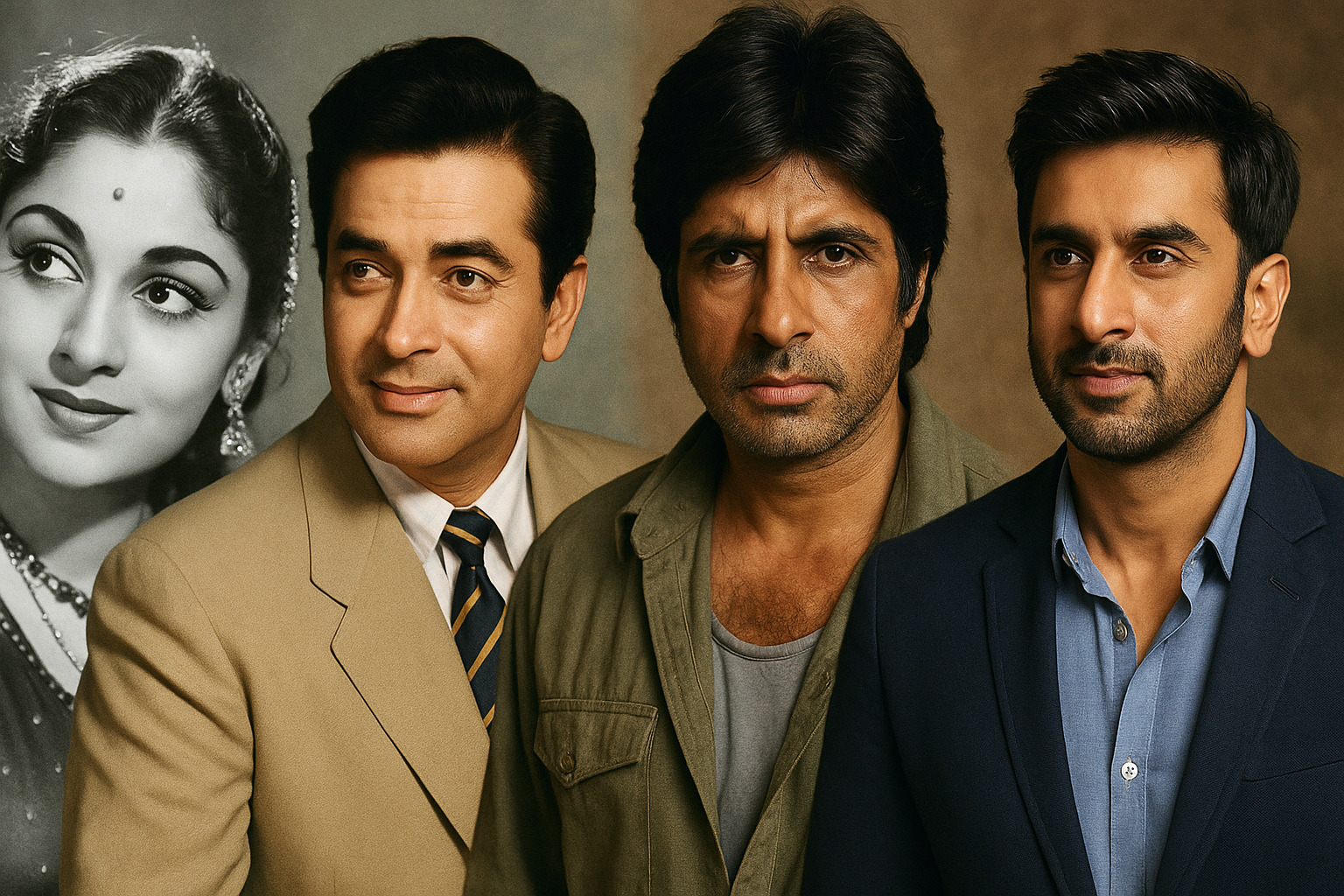
The Legacy of Bollywood: From the 1940s to Today
Bollywood isn’t just an industry—it’s a living, breathing reflection of India’s socio-political shifts, cultural moods, and storytelling traditions. From its black-and-white beginnings in the 1940s …
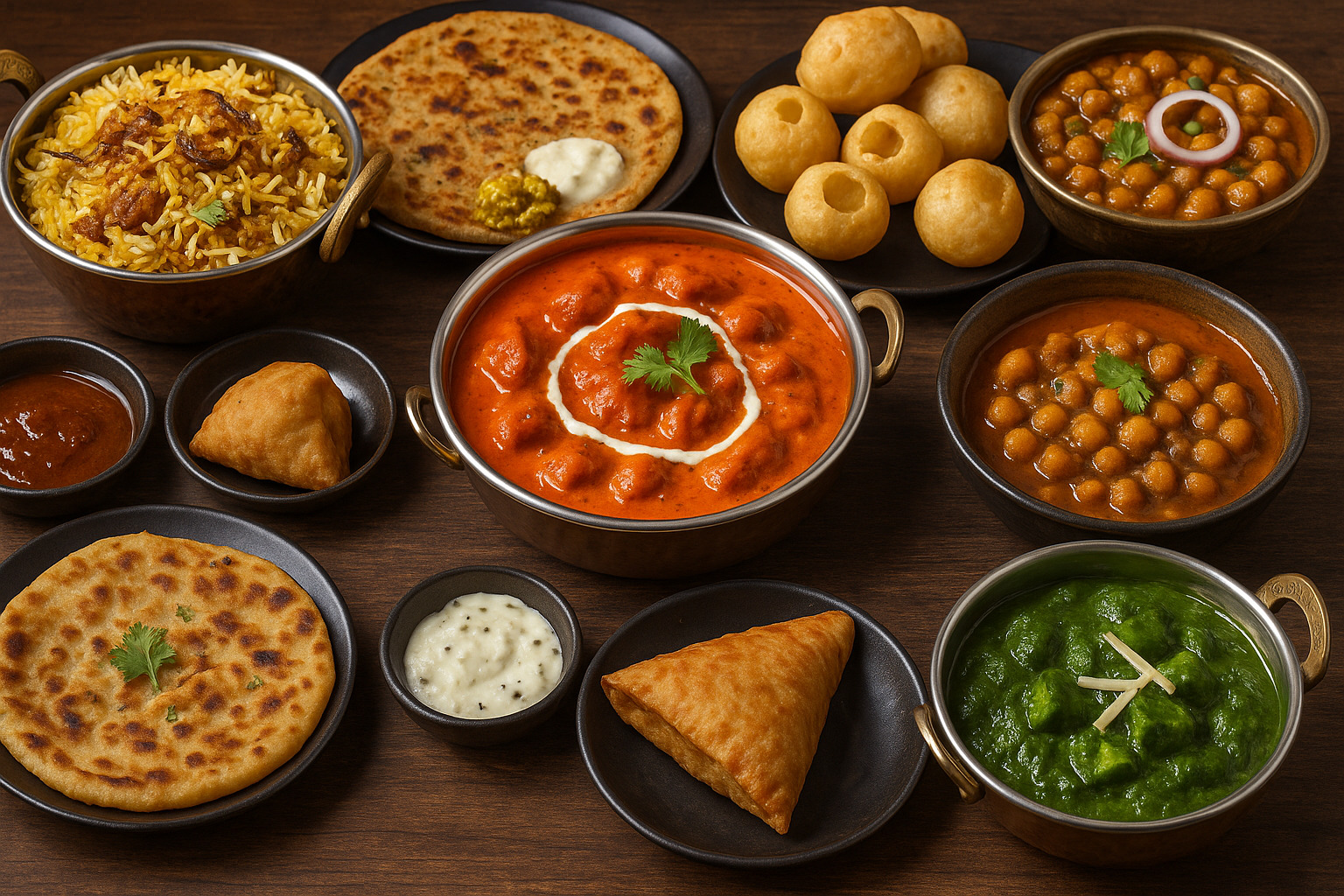
25 Best Indian Foods You Must Try at Least Once
Indian cuisine balances spice, aroma, texture, and tradition. Wondering what truly represents the best of it? This list brings together dishes that define Indian food …
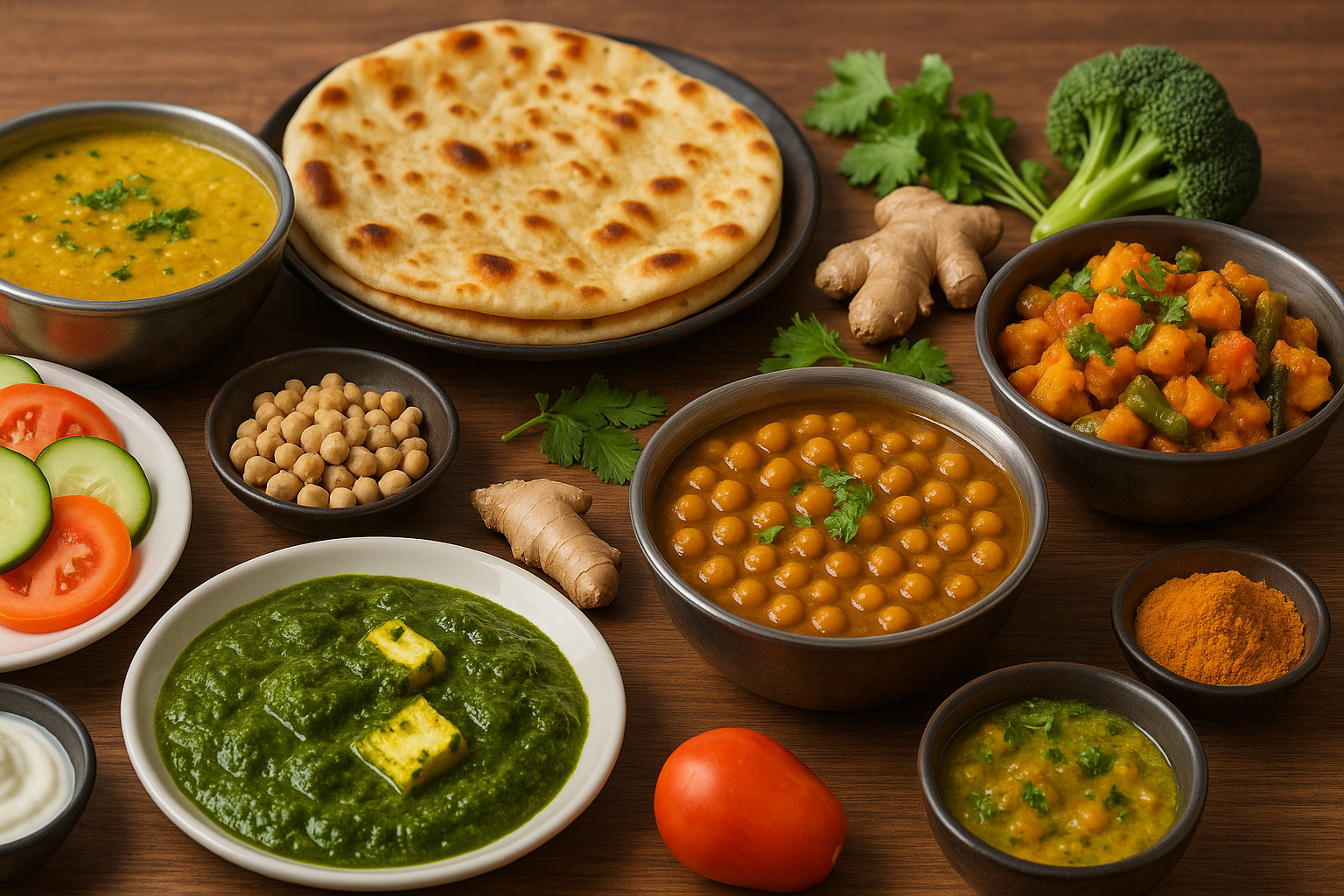
Is Indian Food Healthy?
Yes—and no. The answer depends on the ingredients used, the cooking method, portion size, and frequency of consumption. Indian cuisine is complex, diverse, and shaped …
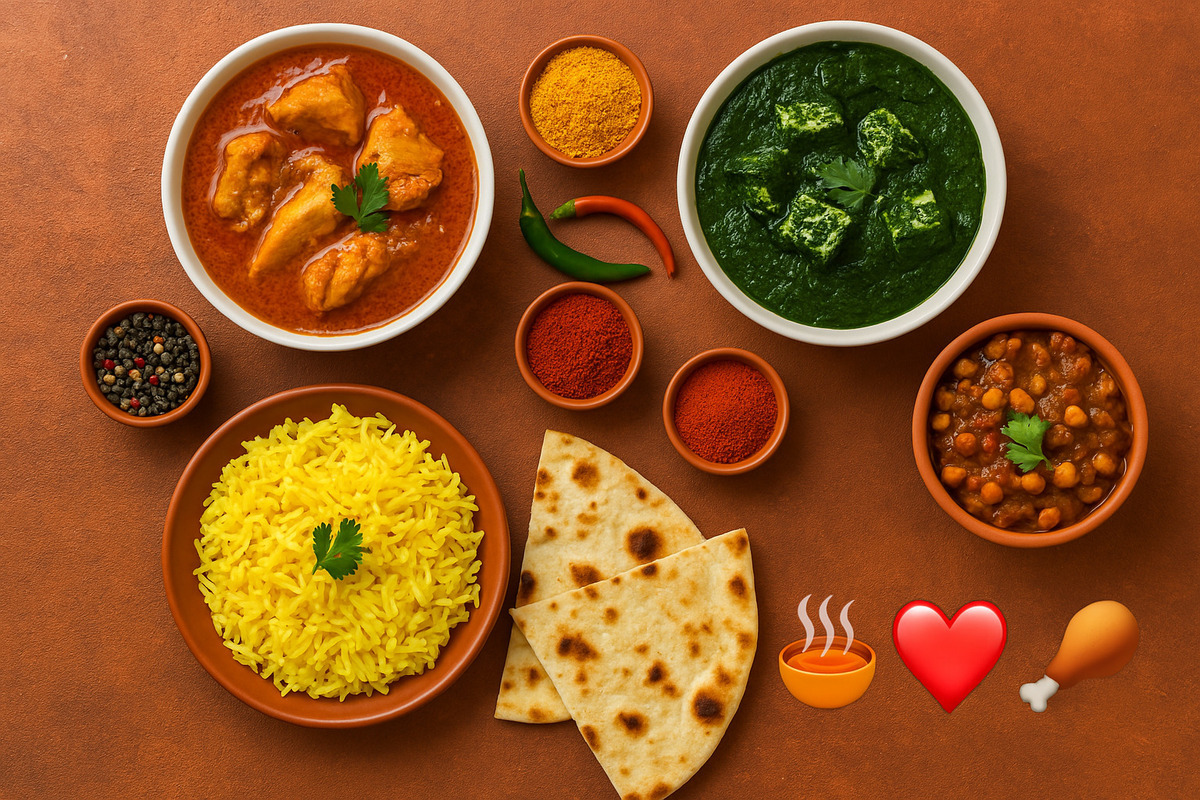
Desi Food, Global Cravings: How Indian Cuisine Conquers the Internet
Indian cuisine wins on the internet because it satisfies two core ingredients of viral content—visual drama and emotional memory. Bold colors, complex textures, and layered …

The Rise of Digital Nomads in India: Skills You Need to Succeed
The digital nomad lifestyle in India has taken root firmly. With cheaper internet, better tech infrastructure, and more companies embracing remote models, more Indians are …
Indian Literary Icons and Their Works
Indian literature has shaped thoughts, emotions, and identities across generations. This article examines key literary figures who have left an indelible mark through their prose, …
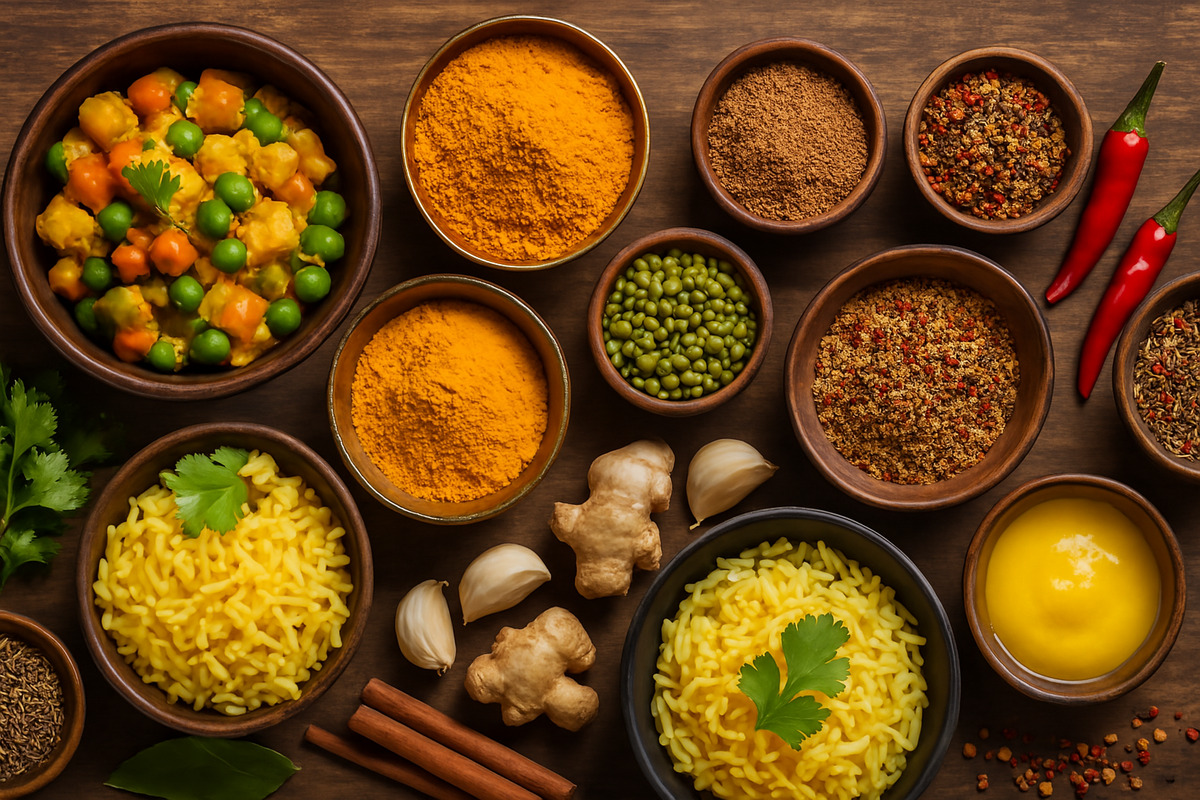
How to Cook with Ayurvedic Principles
Ayurveda offers a rich tradition of culinary wisdom that blends taste, nourishment, and balance in every dish. This approach to cooking answers the question: How …
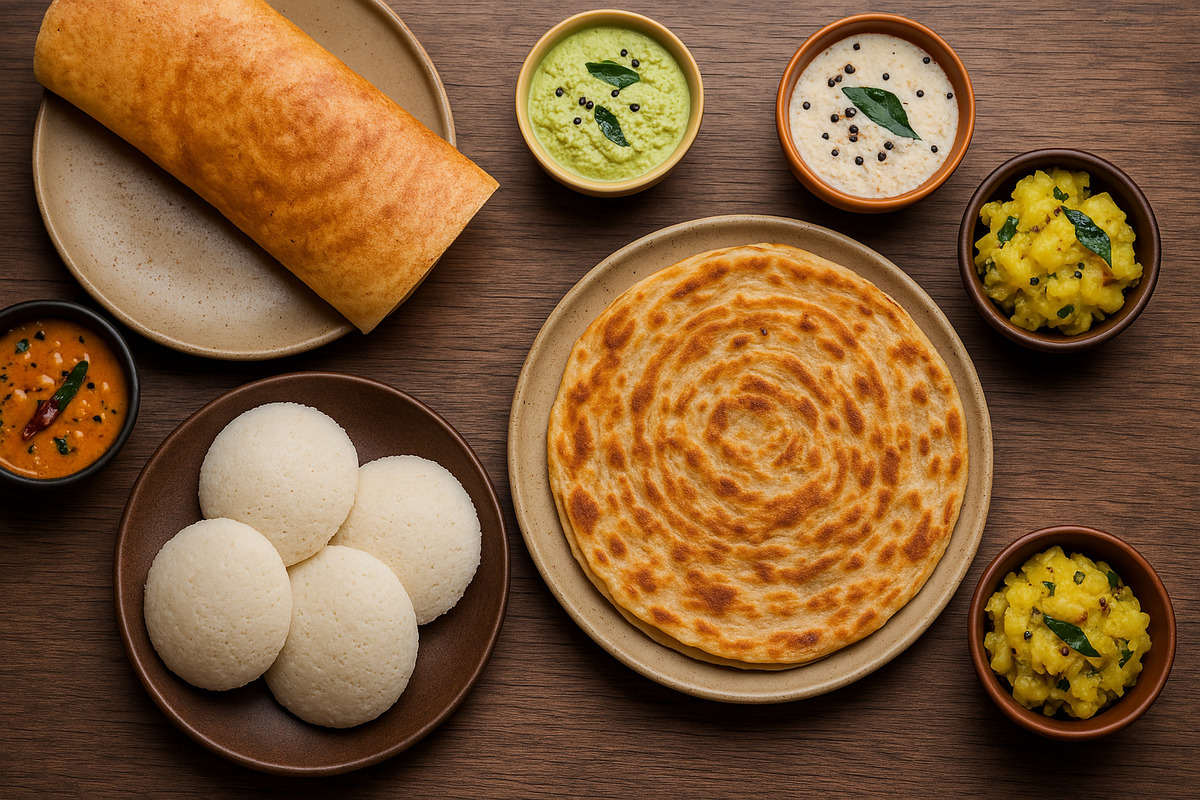
Indian Breakfasts: From Idli to Parathas
India presents an array of morning meals that mirror its cultural diversity and culinary ingenuity. The rich aromas, vibrant colors, and diverse ingredients bring each …
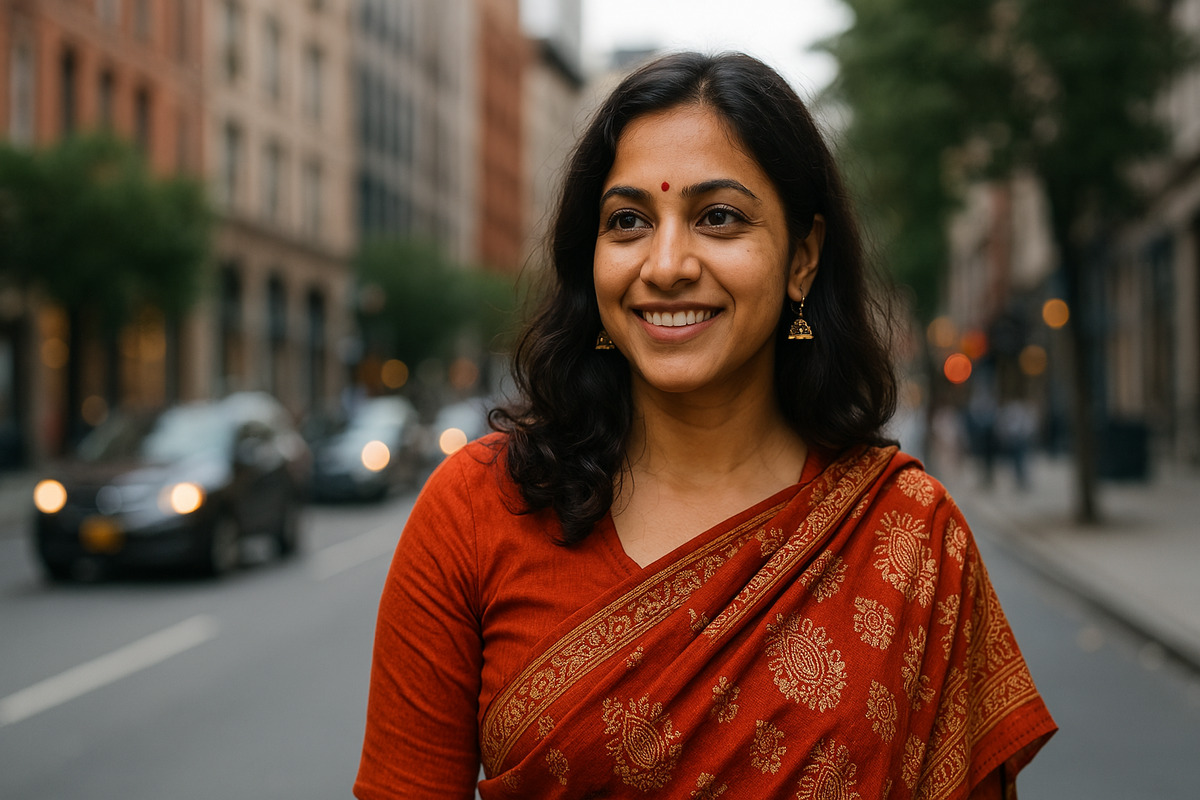
Charting Identity: What It Means to Be Indian Overseas
Being Indian overseas is a blend of ancestral pride and the experience of a global existence. The answer lies in balancing deep cultural heritage with …
